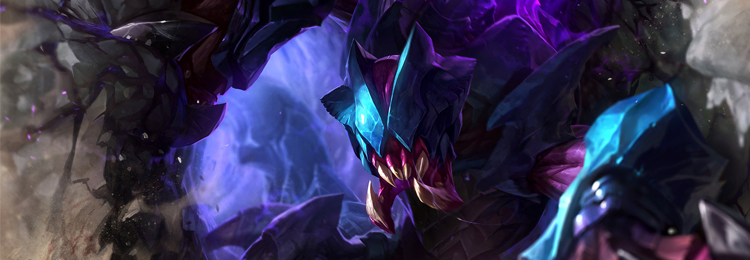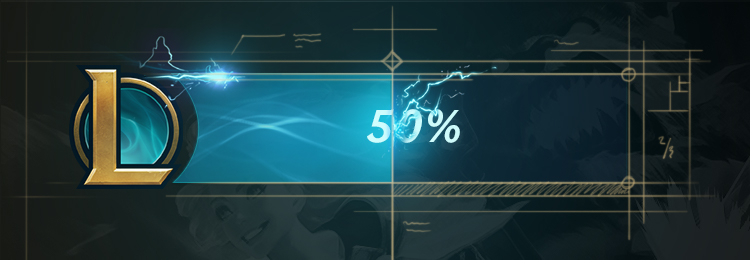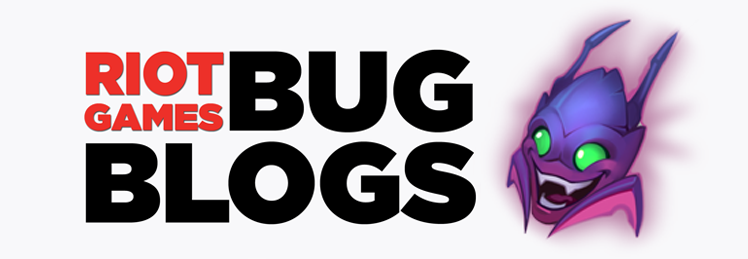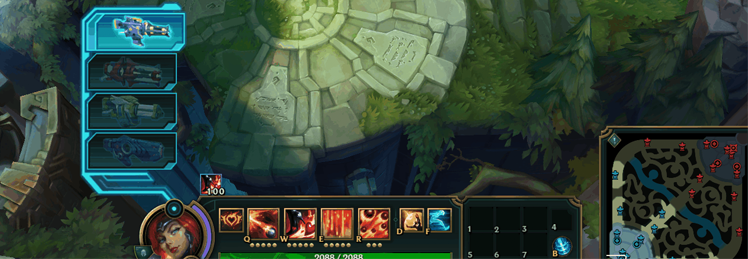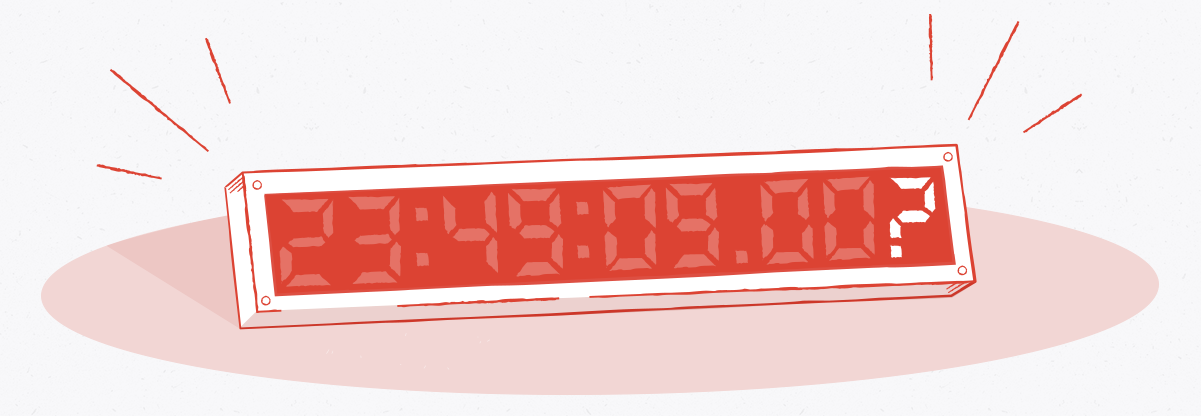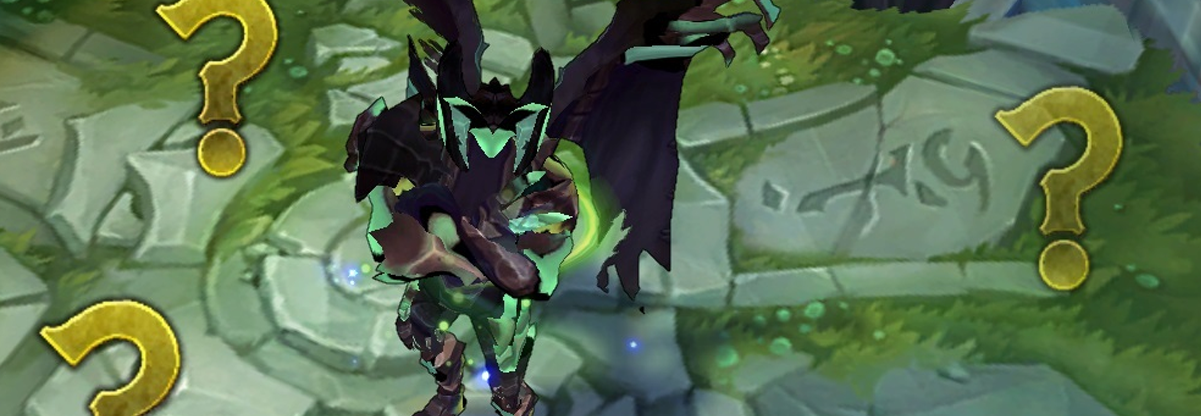
Engineering Esports: The Tech That Powers Worlds
We’re the Esports Technology Group, and we’re responsible for the tech behind Riot’s biggest esports events, from reliable network connectivity to global broadcast capabilities to specialty tournament servers to the custom PC fleet used by pros. Part of our role at Riot is to approach typical broadcast and live production challenges with scalable and technology-driven solutions.


